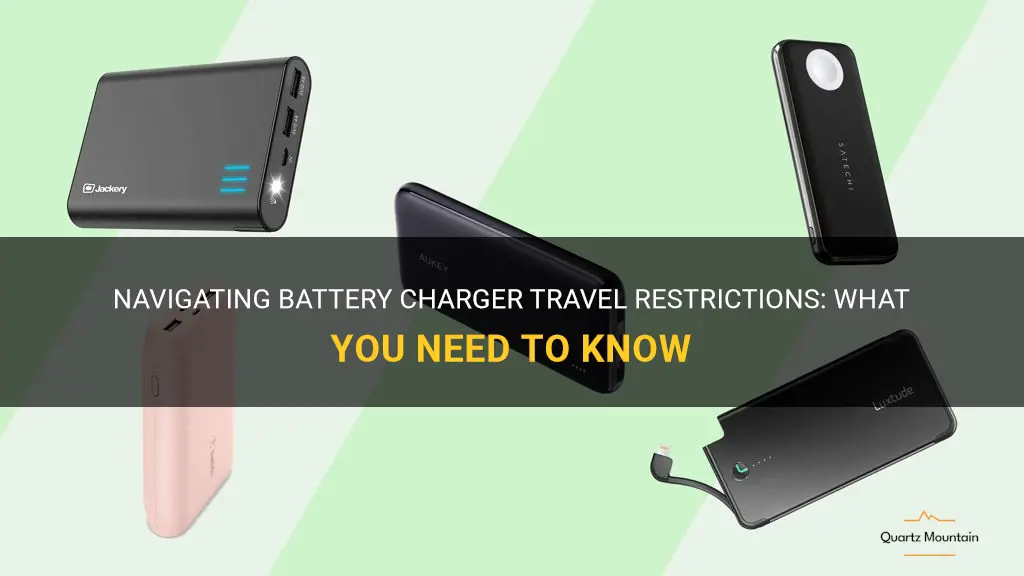
Did you know that when you travel with a battery charger, you may actually be subject to certain restrictions? Yes, it's true! Many airlines and transportation agencies have strict rules and regulations in place when it comes to carrying portable battery chargers. These restrictions are put in place to ensure the safety and security of all passengers. So, before you pack your bags for your next adventure, make sure to familiarize yourself with the battery charger travel restrictions that may apply to you. In this article, we will explore some of these restrictions and provide you with helpful tips on how to navigate them successfully. So, buckle up and get ready to learn about the dos and don'ts of traveling with a battery charger!
What You'll Learn
- What are the current travel restrictions regarding battery chargers?
- Can battery chargers be carried on flights as carry-on luggage?
- Are there any specific restrictions on the type or size of battery chargers that can be taken on a plane?
- Do different countries have different regulations regarding battery chargers and travel?
- Are there any special considerations or guidelines for packing battery chargers in checked luggage?

What are the current travel restrictions regarding battery chargers?
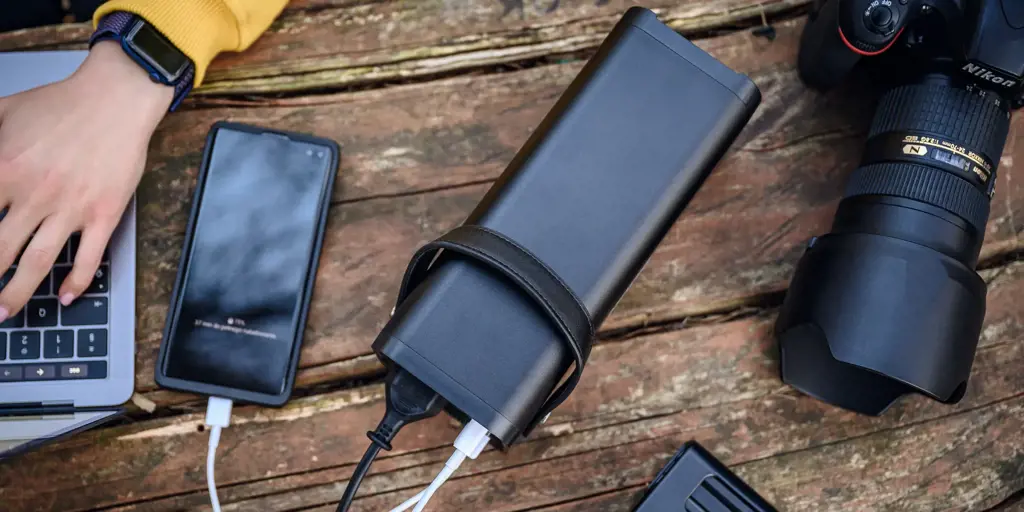
In the modern era, electronic devices have become an integral part of our lives, and thus the need for battery chargers while traveling has become more important than ever. However, it is essential to be aware of the current travel restrictions regarding battery chargers to avoid any inconvenience or issues while traveling.
Many airlines and transportation authorities have implemented specific regulations and restrictions regarding battery chargers to ensure safety during travel. These restrictions mainly focus on lithium-ion batteries, which are commonly used in portable electronic devices and their chargers.
Before understanding the current travel restrictions, it is crucial to know the basic details about lithium-ion batteries. Lithium-ion batteries are categorized by their watt-hour (Wh) rating, which helps determine the amount of power they store. The higher the Wh rating, the more power the battery holds.
For travelers, the restrictions revolve around two specific types of lithium-ion batteries: spare batteries and installed batteries.
Spare batteries refer to the extra batteries you carry for your electronic devices, such as smartphones, laptops, cameras, or even portable battery chargers. These batteries are generally restricted in terms of their Wh rating. Most airlines allow passengers to carry spare batteries with a Wh rating of up to 100Wh in their carry-on luggage. However, these batteries are typically not permitted in checked luggage due to safety concerns.
It is important to note that spare batteries with a rating exceeding 100Wh may be allowed, but special permission and additional arrangements are required. Passengers should contact their airline in advance to seek approval and follow the necessary procedures.
Installed batteries, on the other hand, are the batteries that are already part of electronic devices, such as smartphones or laptops. These batteries are generally allowed in both carry-on and checked luggage, as long as they are installed in the device and not loose or separate.
When traveling with battery chargers, it is advisable to keep them in your carry-on luggage for easy accessibility. However, it is essential to ensure that the charger's wattage does not exceed the maximum allowed limits. Most airlines have specific restrictions on the wattage of chargers, and it is important to comply with those guidelines. Additionally, it is recommended to pack chargers safely to prevent any damage during transit.
Furthermore, it is crucial to be aware of the regulations regarding lithium-ion batteries and chargers in the country you are traveling to. Different countries may have varying restrictions, and it is important to research and abide by their guidelines to avoid any complications at customs or security checkpoints.
In conclusion, the current travel restrictions regarding battery chargers primarily revolve around lithium-ion batteries, specifically spare batteries. Passengers should ensure that spare batteries with a Wh rating exceeding 100Wh are approved by their airline in advance. It is also important to comply with the regulations regarding charger wattage and pack them safely in carry-on luggage. By understanding and adhering to these restrictions, travelers can ensure a hassle-free journey while staying connected to their electronic devices.
Exploring Austria: Travel Restrictions and Guidelines to Consider
You may want to see also

Can battery chargers be carried on flights as carry-on luggage?
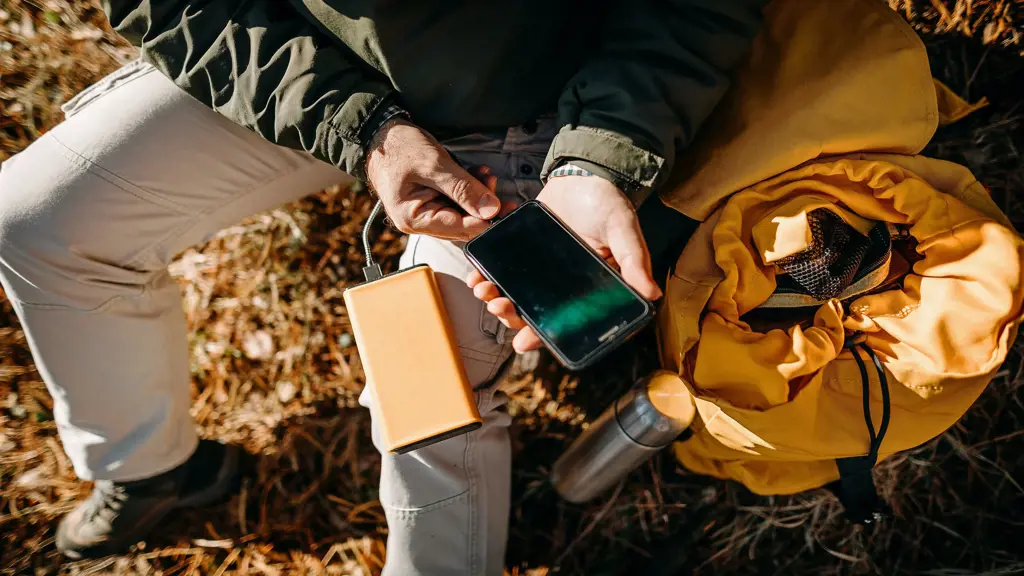
Battery chargers are essential accessories when it comes to using portable electronic devices such as smartphones, laptops, and tablets. However, when it comes to air travel, it's important to understand the rules regarding carrying battery chargers as carry-on luggage.
In general, battery chargers are permitted to be carried on flights as carry-on luggage. They are allowed in both domestic and international flights, but there are a few important factors to consider to ensure a hassle-free travel experience.
Firstly, it's important to note that Lithium-ion or Lithium-polymer battery chargers are subject to specific regulations due to their potential fire risks. Most consumer battery chargers fall under this category, so it's crucial to follow the guidelines set by the Transportation Security Administration (TSA) or the airline you are flying with.
When packing battery chargers as carry-on items, it's recommended to keep them in your carry-on bag rather than in your checked baggage. This is because lithium-ion batteries are not allowed in checked baggage due to safety regulations to prevent the risk of fire in the cargo hold.
Another important consideration is to pack your chargers in a way that is easily accessible for security screening. Placing them in a clear plastic bag, along with other electronic devices, can help streamline the security process. Additionally, ensuring that the charging cables are neatly organized and not tangled will make it easier for security personnel to inspect them if necessary.
It's also worth noting that some airlines have specific restrictions on the size and number of battery chargers you can carry. Before your flight, check the airline's website or contact their customer service to confirm any restrictions or requirements. Some airlines may also have restrictions on using battery chargers during the flight, so it's best to be aware of these regulations beforehand.
In some cases, the total battery capacity of the charger may also be a consideration. Regulations typically restrict batteries with a maximum capacity of 100 watt-hours (Wh) or 20,000 milliampere-hours (mAh). Chargers with a higher capacity may require airline approval or be subject to additional restrictions.
Overall, carrying battery chargers as carry-on luggage is generally allowed on flights. However, it's essential to familiarize yourself with the specific regulations of the airline you are flying with and the TSA guidelines to ensure a smooth travel experience. By following these guidelines and being aware of any restrictions, you can confidently bring your battery chargers on board and keep your devices powered during your flight.
The Impact of Ariba Travel Restrictions: Navigating Business Travel in a Post-Pandemic World
You may want to see also

Are there any specific restrictions on the type or size of battery chargers that can be taken on a plane?
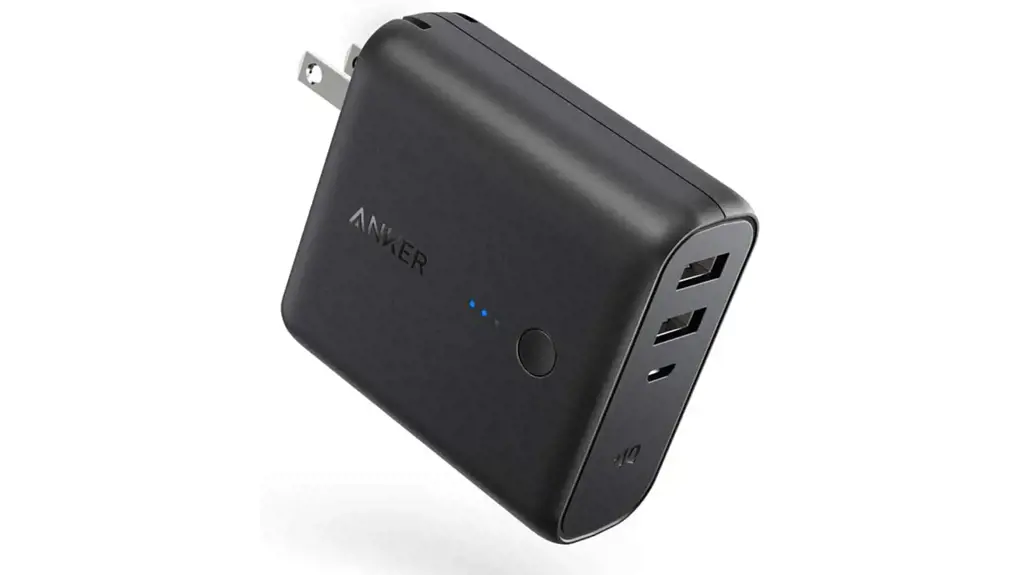
When it comes to traveling by plane, it's important to be aware of any restrictions or regulations regarding the items you can bring on board. One common item that many travelers carry with them is a battery charger. However, there may be specific restrictions on the type or size of battery chargers that can be taken on a plane.
In general, battery chargers are allowed in carry-on and checked baggage. However, there are certain rules that you must follow to ensure compliance with airline and airport regulations. The restrictions primarily revolve around the type and capacity of the batteries that the chargers are designed for.
The International Air Transportation Association (IATA) sets guidelines for lithium-ion batteries, which are commonly used in portable electronic devices such as smartphones, tablets, and laptops. These guidelines state that lithium-ion batteries with a capacity of up to 100 watt-hours (Wh) are allowed in both carry-on and checked baggage. However, spare batteries, or those not installed in a device, with a capacity between 100 and 160 watt-hours must be specifically approved by the airline.
When it comes to battery chargers, the same rules generally apply. The capacity of the batteries the charger is designed for will determine whether it is allowed in carry-on or checked baggage. If the charger is designed for lithium-ion batteries with a capacity of up to 100 watt-hours, it can be freely brought on board without any special permissions. Chargers for batteries with a capacity between 100 and 160 watt-hours may require approval from the airline.
It's important to note that airlines may have their own specific restrictions and guidelines regarding battery chargers. Some airlines may limit the total number of batteries or chargers that can be carried, while others may have restrictions on the overall capacity of lithium-ion batteries. It is recommended to check with your airline before travel to ensure compliance with their specific regulations.
In addition to the capacity of the batteries, there may also be restrictions on the physical size and shape of battery chargers. Chargers that are too large or bulky may be considered oversized and may not be allowed in carry-on luggage. It is advisable to choose compact chargers that fit within the size limits outlined by the airline.
To ensure a smooth and hassle-free travel experience, it is best to pack battery chargers in carry-on baggage. This way, you can easily access them during your journey and ensure that they remain safe and secure. If you plan to check your chargers, it is important to protect them from damage by placing them in a sturdy case or wrapping them in protective material.
In conclusion, there are specific restrictions on the type and size of battery chargers that can be taken on a plane. The capacity of the batteries the charger is designed for will determine whether it is allowed in carry-on or checked baggage. It is important to check with your airline to ensure compliance with their specific regulations and guidelines. By following these rules, you can ensure a smooth and hassle-free travel experience with your battery chargers.
Understanding the Current Travel Restrictions in Riviera Maya
You may want to see also

Do different countries have different regulations regarding battery chargers and travel?
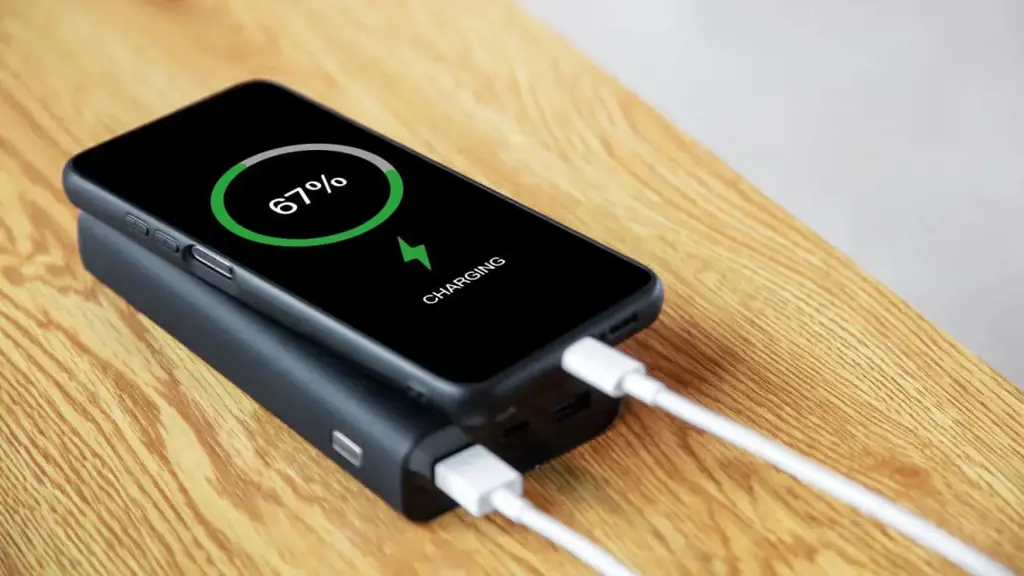
When it comes to traveling with battery chargers, it is important to be aware of the regulations that different countries have in place. This is especially true for those who frequently travel internationally or plan to bring electronic devices with them on their trips.
Different countries have different regulations when it comes to battery chargers due to varying safety standards and electrical systems. Some countries may have strict regulations in place to ensure the safety of passengers, while others may have more lenient rules.
One key regulation to consider is the type of plug or socket used in the country you are traveling to. The most common types of plugs and sockets are Type A (used in North and Central America, as well as several other countries), Type C (used in most of Europe), and Type G (used in the United Kingdom and several other countries). It is important to have the right adapter or charger that is compatible with the country's socket type to ensure that your devices can be charged properly.
Another regulation to be aware of is the voltage and frequency of the electrical system in the country you are traveling to. Most countries use either 110-120 volts or 220-240 volts, and the frequency can range from 50 to 60 hertz. It is crucial to check the voltage and frequency requirements of your electronic devices to ensure that they can be safely used and charged in the country you are visiting. Using a device with an incompatible voltage or frequency can damage the device or pose a safety risk.
Furthermore, some countries may have specific regulations regarding the types of battery chargers that can be brought on board during air travel. For example, lithium-ion batteries are generally allowed in carry-on luggage, but there may be restrictions on the size and quantity of batteries that can be brought on board. It is essential to check the specific guidelines of the airline and the country you are traveling to before packing your battery chargers to avoid any issues at security checkpoints.
In addition to these regulations, it is also important to be mindful of the environmental impact of your battery chargers. Some countries have strict regulations on the disposal of electronic waste due to the harmful substances they contain. It is important to properly recycle or dispose of your old or broken battery chargers according to the regulations of the country you are in.
In conclusion, different countries have different regulations regarding battery chargers and travel. It is crucial to research and familiarize yourself with the regulations of the country you are traveling to in order to ensure that you can safely charge your devices and comply with any guidelines set forth by the government or airline. By being prepared and informed, you can avoid any unnecessary issues or complications during your travels.
Exploring Seattle: Navigating Travel Restrictions and Recommendations
You may want to see also

Are there any special considerations or guidelines for packing battery chargers in checked luggage?
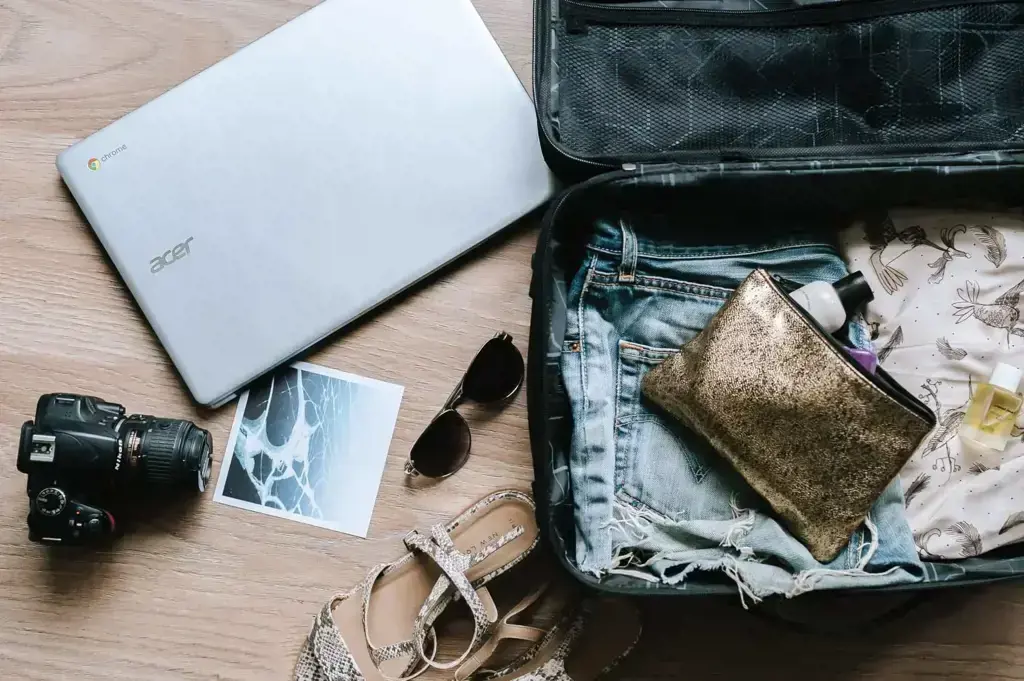
When it comes to travelling with battery chargers, there are a few special considerations and guidelines to keep in mind, especially if you plan to pack them in your checked luggage. Here are some important tips to ensure a smooth and hassle-free journey.
- Check airline regulations: Before you pack your battery chargers, it is essential to check the regulations of your airline regarding the transportation of lithium-ion batteries. Some airlines have restrictions on carrying large lithium-ion batteries in checked baggage due to safety concerns. It is always best to consult the airline's website or contact their customer service for the most up-to-date information.
- Package chargers securely: To prevent any damage or potential hazards during transit, it is crucial to package your battery chargers securely. Remove any batteries from the chargers and place them in separate, sealable plastic bags. This will help prevent accidental short circuits. Similarly, use bubble wrap or padding to protect the chargers from any impact or rough handling.
- Keep chargers in their original packaging: Whenever possible, it is recommended to pack your battery chargers in their original packaging. This not only provides additional protection but also helps identify the contents if necessary. If the original packaging is not available, use a sturdy and appropriately sized container to store the chargers.
- Carry necessary documentation: If you are planning to pack large lithium-ion battery chargers in your checked luggage, it is advisable to carry documentation supporting their compliance with safety standards. This can include manufacturer's instructions, safety data sheets, or any relevant certifications. While it may not be required, having these documents can help address any concerns or queries raised by airline officials.
- Consider carrying chargers in carry-on luggage: If possible, it is generally safer to carry battery chargers in your carry-on luggage rather than in checked bags. This allows you to have better control over the chargers and ensures they are not subjected to potentially hazardous conditions in the cargo hold. Additionally, keeping chargers in your carry-on luggage allows you to easily access them during the journey.
- Comply with transportation rules: Regardless of whether you pack your battery chargers in checked or carry-on luggage, it is important to ensure they comply with transportation safety rules. This includes adhering to size limitations, voltage restrictions, and any other specific regulations set by the airline and relevant authorities.
It is crucial to always prioritize safety when traveling with battery chargers. By following these considerations and guidelines, you can ensure a hassle-free and secure journey with your chargers. Remember to check the airline regulations, package your chargers securely, carry necessary documentation, and comply with transportation rules to have a smooth travel experience.
Botswana's Travel Restrictions: What You Need to Know Before You Go
You may want to see also
Frequently asked questions
Yes, you can bring your battery charger on an airplane. Battery chargers are generally allowed in both carry-on and checked baggage. However, it is important to follow specific guidelines set by the airline and the Transportation Security Administration (TSA) to ensure compliance.
Yes, there are restrictions on the type of battery charger you can bring on a plane. Lithium-ion battery chargers with a capacity exceeding 100 watt-hours are typically not allowed in checked baggage and must be brought in your carry-on luggage. It is recommended to check with your airline for specific regulations before your flight.
It is not generally required to remove the battery from your device before bringing it on a plane. Most devices with built-in batteries, such as smartphones and tablets, are allowed in both carry-on and checked baggage. However, if you are carrying spare batteries or external battery packs, it is advisable to remove them from the device and pack them separately.
Yes, there may be specific rules for international travel regarding battery chargers. Different countries may have different regulations regarding the types and capacities of battery chargers allowed on airplanes. It is important to check the guidelines of the airline and the destination country's customs and security agencies before traveling internationally with battery chargers.







